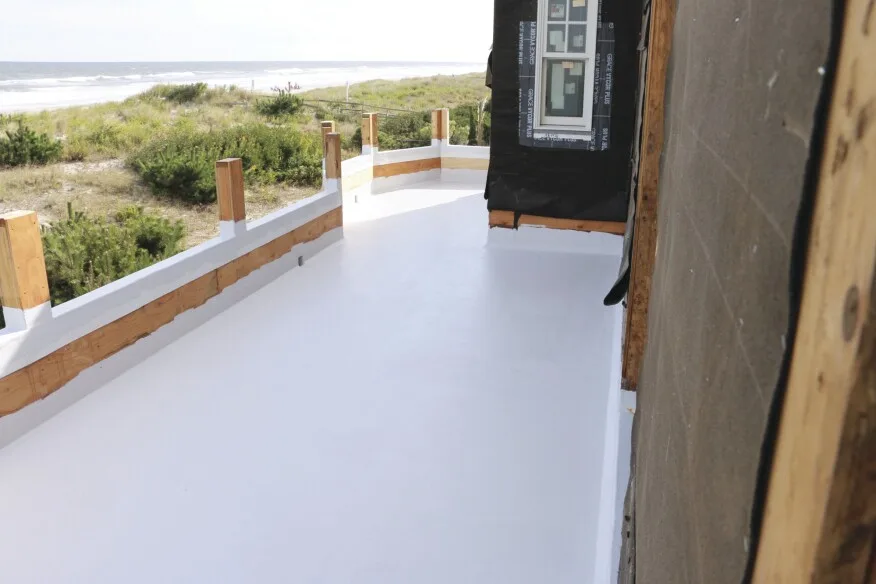Introduction
Choosing the right decking material is a decision you’ll live with for decades. Deck fiberglass and traditional wood each promise beauty and outdoor enjoyment, but they diverge sharply in performance, upkeep, and total cost. This article breaks down those differences so you can confidently select the best option for your home and lifestyle.

deck fiberglass
Comparing Durability
Weather Resistance
Fiberglass panels are molded as a single, non‑porous surface that shrugs off moisture, salt spray, and UV radiation. They won’t rot, splinter, or host insects. In contrast, even pressure‑treated wood is vulnerable to swelling and decay once its factory treatment erodes. A 2024 field study by the University of Maine found that fiberglass decking retained 97 % of its flexural strength after 15 years of coastal exposure, while cedar boards lost 28 %.
Load & Wear
Fiberglass is engineered with continuous glass fibers, giving it a tensile strength up to 30,000 psi—roughly triple that of southern yellow pine. That translates to less bounce, fewer popped fasteners, and greater tolerance for hot‑tub or grill stations. Wood can handle typical foot traffic but will check and warp under heavy point loads unless joist spacing is reduced.
Maintenance Requirements
Cleaning & Upkeep
A fiberglass deck needs little more than a seasonal rinse with a garden hose. No sanding, staining, or sealing—ever. Wood demands an annual regimen of detergent scrubbing, brightening, and sealing to stay smooth and water‑repellent. Skip a season and grayness, splinters, and mildew set in fast.
Repairs & Lifespan
If a fiberglass plank is damaged, you simply patch it with a color‑matched gel‑coat kit in minutes. A cracked wood board must be pried up, cut, and replaced. The North American Deck & Railing Association estimates homeowners spend about $1,600 over 10 years on maintenance supplies and repairs for a 200‑sq‑ft wooden deck—money you won’t shell out with fiberglass.
Cost Analysis
Initial Installation Costs
Up front, fiberglass panels run $12–$18 per square foot installed, depending on texture and color, while treated lumber averages $6–$9. If you’re on a tight build budget, wood clearly wins the opening round.
Long‑Term Ownership Costs
Factor in refinishing, replacement boards, and higher insurance premiums for slip‑and‑fall claims, and fiberglass flips the script. Over a 20‑year horizon, total ownership often favors fiberglass by 10–15 %, especially in humid or coastal climates where wood deteriorates faster.
Aesthetics & Customization
Modern fiberglass lines mimic exotic hardwood grains and accept almost any pigment, from coastal driftwood gray to espresso brown. Because color is baked into the gel‑coat, fading is minimal. Wood offers unmatched natural character and can be re‑stained when tastes change, yet that flexibility hinges on repeated chemical treatments.
Environmental Impact
Fiberglass production uses resins derived from recycled PET bottles and emits low VOCs. More importantly, its long service life—often 30 years or more—means fewer replacement cycles and less landfill waste. Sustainable forestry has improved, but harvesting and shipping lumber still carry a heavier carbon footprint, and chemical preservatives can leach into soil and waterways.
Installation Considerations
Fiberglass planks are lighter than composite lumber and span up to 24 in. on‑center, trimming sub‑frame costs. Panels arrive pre‑crowned and straight, so labor is quicker and crews waste less material sorting warped boards. DIYers familiar with basic carpentry can install wood with common tools, while fiberglass may require a carbide blade and countersink bits for best results.
Conclusion & Call to Action
Deck fiberglass excels in durability, low maintenance, and lifetime value, while wood remains the champion of natural warmth and lower upfront cost. Weigh how long you’ll stay in your home, the climate you live in, and how much weekend time you’re willing to devote to upkeep.
Ready to explore fiberglass options or still on the fence? Share your questions in the comments, or subscribe to our newsletter for hands‑on project guides and cost calculators delivered monthly.




























